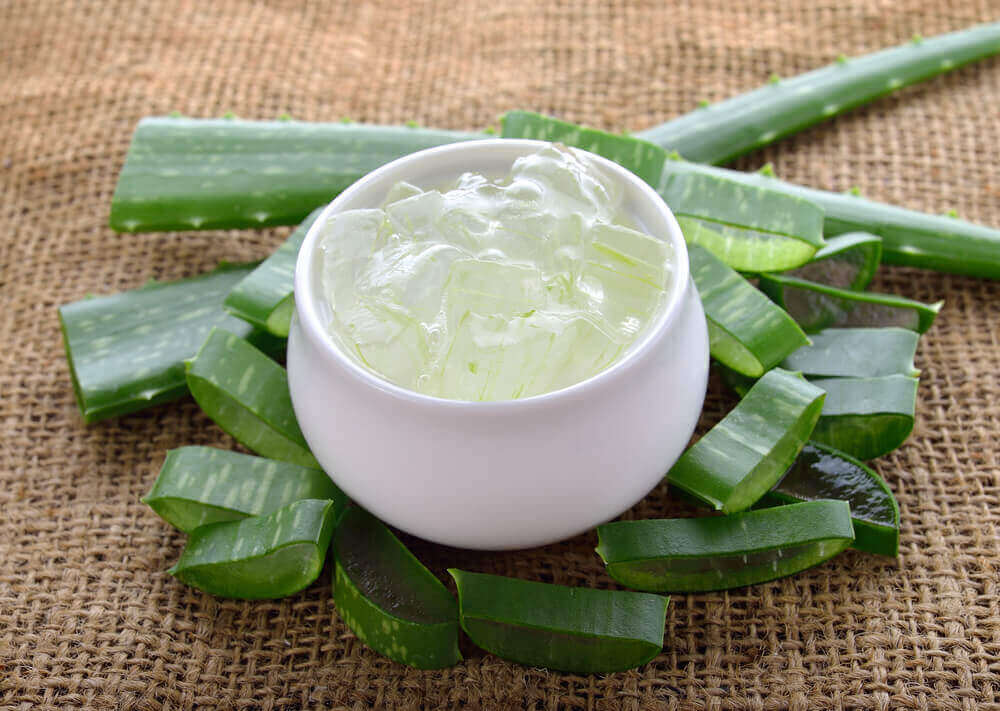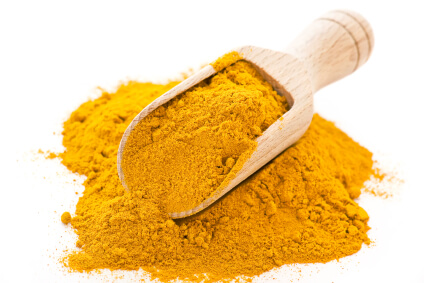How To Treat Alopecia Naturally

Alopecia is a condition where hair loss starts to become frequent, whether total or partial, leaving empty gaps on different parts of the scalp as a consequence.
Depending on the level or kind of alopecia that you suffer from, there are natural solutions to treat alopecia that we’re going to share in this article.
Causes
In many cases, a hereditary tendency for hair loss is the only discernible cause. In others, it could be the result of seborrheic dermatitis, syphilis or other causes like:
- Acute fevers
- Consumption of certain drugs or chemical products
- Burns
- Sluggish thyroid or pituitary gland
- Emotional shock
Hereditary baldness is difficult to prevent, because genetics is harder to fight. However, there is more hope of curing baldness resulting from other causes.
What do you need to know?
Hair loss can happen to anyone, no matter their age. It’s important to know what the symptoms are so that you can find an effective solution to this problem.
- Excessive dandruff or greasiness can be factors that trigger hair loss.
- If when you wash, comb or brush your hair and you lose large quantities of hair, this could be a sign of alopecia.
- If you find hairs on your pillow when you get up, this is a sign that you’re losing more hair than usual.
- For men, if the hair loss is happening around the forehead, the temples or on the top of the head, this is one of the most common symptoms of androgenetic alopecia, which shows up around the receding hairline or the crown.
Types of alopecia

Alopecia areata
This tends to show up as a circle-shaped patch, which generally grows back in three to six months, without treatment. Sometimes, the hair grows back grey for a while and then goes darker.
Alopecia areata is an auto-immune disease in which the body attacks its own hair follicles. Many patients with this condition do not have systemic problems, so medical tests aren’t necessary.
Traction alopecia
This condition tends to arise due to the loss of hair in small areas, where the hairs fall off due to external factors.
It results from a repetitive and persistent process of pulling the hair from the roots, like braiding or styling your hair in very tight ponytails. If this is your situation, then it is best to choose hairstyles that put less tension on the hair.
Tinea capitis
Also known as ringworm of the hair, this is a fungal infection of the scalp that mostly affects children of school age.
Tinea capitis is most common in people of African or Afro-American descent and is unusual in healthy adults. It also tends to be accompanied by dermatitis.
Contagion can result from:
- Sharing hats
- Sharing combs or hairbrushes
Diffuse alopecia
This shows up as a general thinning of the hair, without specific patterns or patches. This kind of hair loss might not be obvious to other people.
In this case, it’s very common for the individual to feel that their hair isn’t as thick as it used to be. Rapid hair loss can happen after giving birth, fever or sudden weight loss.
Androgenetic alopecia
This kind of alopecia is commonly attributed to genetic predisposition and family background. It arises in both men and women.
Hair loss in men is faster and starts earlier. The exact cause of this pattern is unknown.
Treat alopecia naturally
There is a range of natural remedies for alopecia which help relieve this condition.
1. Onion, garlic and lemon

Ingredients
- 1 onion
- 1 lemon
- 2 cloves of garlic
- 1 cup of water (250 ml)
Preparation
- Peel the onion, the lemon and the garlic, and chop them into pieces so they will blend more easily.
- Put the water in the blender and add the other ingredients.
- Blend for 3 minutes and then strain.
- Apply to the scalp and leave to act for 20 minutes.
- After this time, rinse well to eliminate the smell.
2. Aloe vera

Thanks to its anti-inflammatory, moisturizing and healing properties, aloe vera is an excellent remedy for healing and hydrating the scalp.
Ingredients
- One aloe vera leaf extract
- 1 cup of water (250 ml)
Preparation
- Peel the aloe vera leaf and extract the gel from inside with a spoon.
- Put it in the blender with a cup of water and blend for 2 minutes.
- Apply to the hair with massaging motions and leave it to act for 15 minutes.
- Wash with warm water to get the desired results.
3. Curry leaves

Thanks to their powerful nutrients, curry leaves not only help to cure alopecia but also strengthen and regenerate the hair follicles. This will help the new hair to grow stronger.
Ingredients
- A handful of curry leaves
- 3 tablespoons of coconut oil (45 g)
- 1 cup of water (250 g)
Preparation
- Put the ingredients in a pan and heat them until the water goes dark.
- Then, allow the mixture to cool and put it in a glass container to store it.
- Apply twice a week before going to bed, and allow it to act all night.
- Wash it off in the morning with plenty of water.
If you suffer from alopecia, don’t worry. We all suffer from problems of one kind or another. Don’t let it lower your self-esteem and do even more damage to your health.
This text is provided for informational purposes only and does not replace consultation with a professional. If in doubt, consult your specialist.








